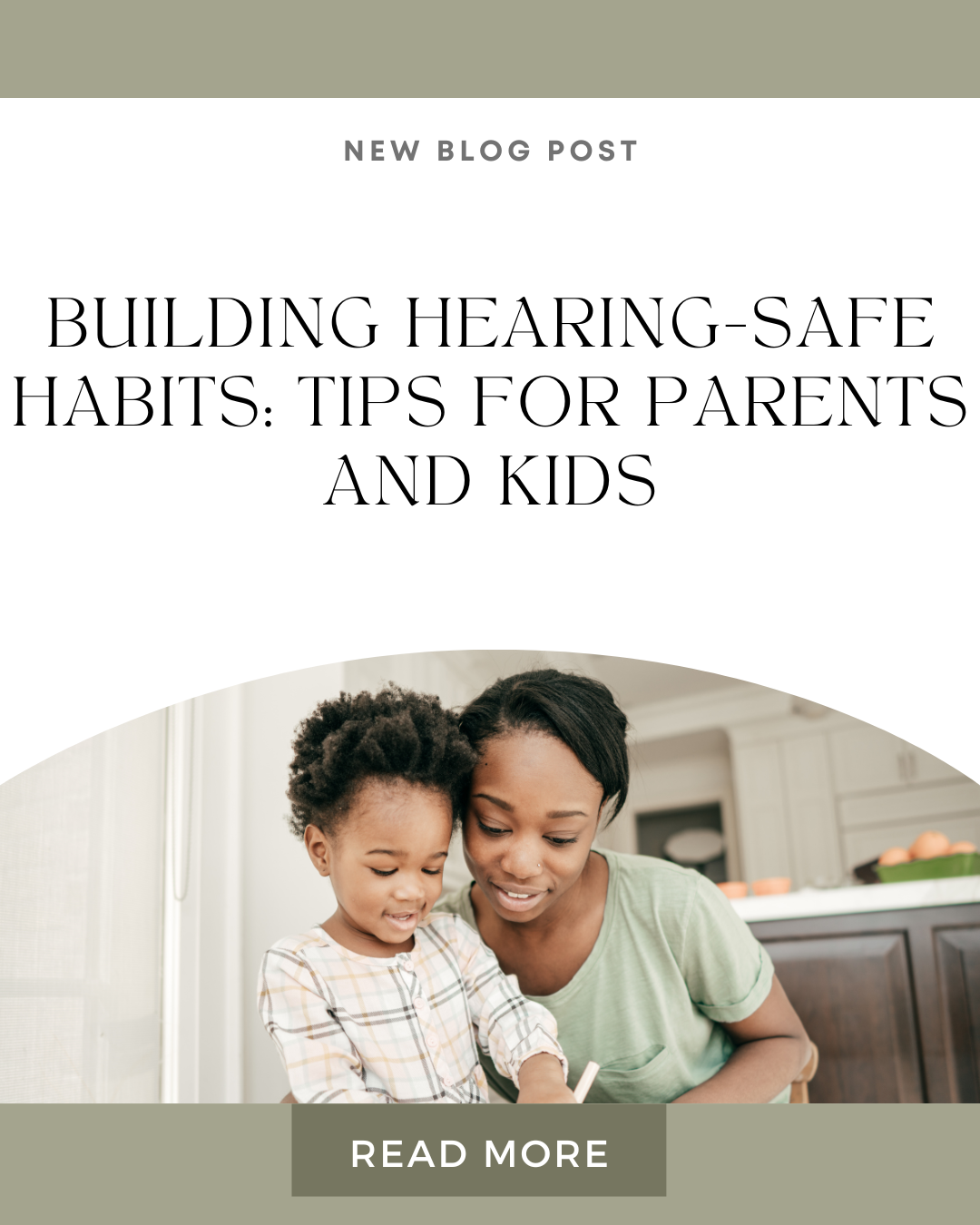Building Hearing-Safe Habits: Tips for Parents and Kids

In a world filled with noise—from loud toys to streaming devices—protecting children’s hearing is more important than ever. Noise-Induced Hearing Loss (NIHL) is permanent but entirely preventable, making it crucial for families to adopt hearing-safe habits early on. By educating kids, encouraging regular hearing check-ups, and integrating fun, screen-free activities into daily routines, parents can ensure their children enjoy healthy hearing for life. Here’s a comprehensive guide to building hearing-safe habits for your family.
1. Educate Kids About the Risks of Loud Sounds
Teaching children about the dangers of loud noises is the first step in promoting hearing safety. Use age-appropriate language to explain how loud sounds can damage their ears over time. For example:
· For younger kids: “Your ears are like little microphones—they don’t like loud noises because it makes them tired.”
· For older kids: Share real-world examples, such as how standing too close to speakers at a concert can lead to ringing in the ears or trouble hearing.
Interactive tools like decibel meter apps can help kids visualize noise levels around them, turning education into a fun activity.
2. Set a Positive Example
Children often mimic their parents’ behavior, so it’s essential to model hearing-safe practices:
· Wear ear protection during noisy activities like mowing the lawn or attending sports events.
· Keep the volume low when using headphones or watching TV.
· Show them that protecting your ears is just as important as wearing a helmet while biking.
3. Encourage Regular Hearing Check-Ups
Routine hearing tests are vital for monitoring your child’s auditory health and catching any issues early. The American Academy of Pediatrics recommends screenings at key developmental milestones:
· Newborn screening
· Early childhood (ages 4–6)
· School-age years (every two years)
· Adolescence (once between ages 11–14 and again between 15–17).
Regular check-ups not only ensure healthy hearing but also teach kids that taking care of their ears is part of overall wellness.
4. Incorporate Device-Free Time Into Daily Routines
Reducing screen time isn’t just good for mental health—it also gives young ears a break from headphones and earbuds. Here are some creative ways to keep kids engaged without technology:
· Arts and Crafts: Encourage creativity with painting, coloring, or building projects using household items.
· Outdoor Play: Organize scavenger hunts or obstacle courses in your backyard.
· Family Game Night: Board games and puzzles are great alternatives to screen-based entertainment.
These activities not only protect hearing but also foster family bonding and creativity.
5. Provide Fun and Effective Hearing Protection
Making hearing protection enjoyable can encourage kids to adopt it willingly:
· Invest in colorful, kid-friendly earmuffs or earplugs for noisy events like concerts or fireworks shows.
· Use headphones with volume-limiting technology, such as those from Puro Sound Labs. Their BT2200 Plus headphones cap sound levels at 85 decibels and feature comfortable designs that kids love.
· For musically inclined teens, consider musician-grade earplugs that protect without compromising sound quality.
6. Share Inspiring Stories
Hearing safe habits can feel more relatable when paired with real-life success stories. For instance:
· A parent shared how switching to volume-limiting headphones helped their child enjoy music safely without complaints about sound quality.
· Another family made ear protection a fun routine by decorating earmuffs with stickers, turning them into a personalized accessory.
These stories show that small changes can make a big difference in protecting young ears.
Conclusion
Building hearing-safe habits starts with awareness and action. By educating children about the risks of loud sounds, leading by example, scheduling regular hearing tests, and incorporating device-free activities into daily life, families can create a strong foundation for lifelong auditory health.
With tools like Puro Sound Labs’ volume-limiting headphones and fun ear protection accessories, protecting young ears has never been easier—or more enjoyable. Start today by making hearing safety part of your family’s routine and ensure your child’s world remains filled with the sounds they love!

